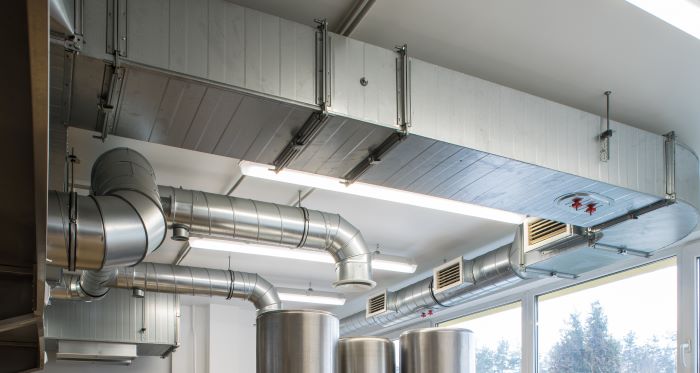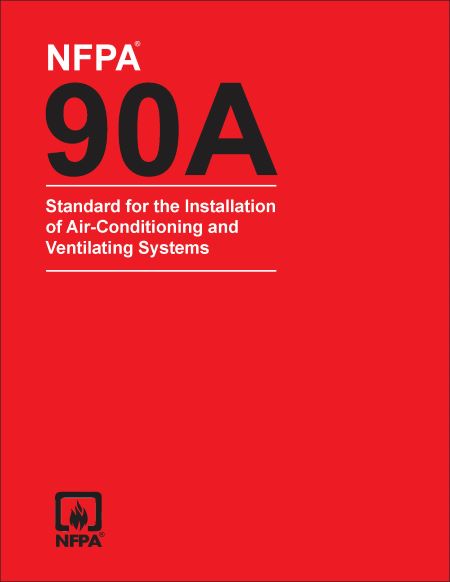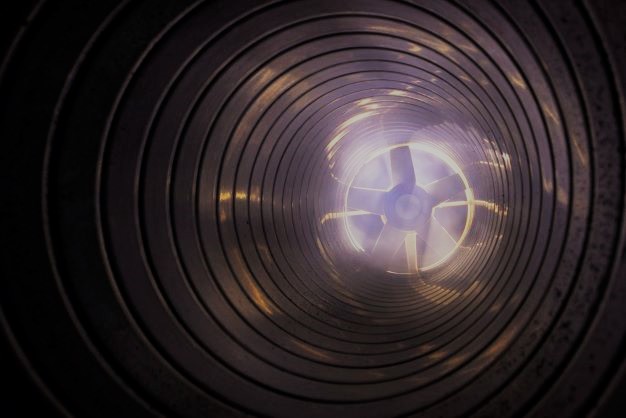Article by Dan Robinson
Imagine for a moment, sitting at a table in your favorite restaurant. You are enjoying your meal and the conversation. The restaurant then begins to fill with smoke coming from the vents that are providing the heat and/or air conditioning. You are struggling to breathe, you are struggling to see, you become disoriented and can’t find the exit. This would never happen, and should never happen, if the air handling unit (AHU) that provides the heat and/or air conditioning had a properly installed duct smoke detector.
Duct smoke detectors provide early detection of smoke and products of combustion present in air moving through HVAC ducts. These devices are designed for prevention of smoke recirculation in areas by the air handling systems. Fans, blowers and complete systems may be shut down in the event of smoke detection. Duct smoke detectors are installed in AHUs or in duct branches serving the AHUs. You can see why that would be very important based on the scenario described above. These AHUs are found in every restaurant, office building, retail store, etc.

NFPA 90A requires duct detectors to be installed on the supply side of air handler units with airflows of more than 2,000 cubic feet per minute (cfm). The standard also requires a duct detector on the return side of any unit with air flows exceeding 15,000 cfm and which serve more than one floor of a building.

Due to the environment that duct smoke detectors protect, they are susceptible to nuisance alarms. Therefore, most jurisdictions require that they do not notify the fire department directly in the event of an activation. They are programmed as a supervisory alarm and building management is notified. Building management checks to see if there is smoke present or if the detector has tripped due to dust/debris in the HVAC ducts. Based on their findings, appropriate actions can then be taken. These actions can include calling the fire department and evacuating the building or placing a service call to clean the detector and/or ducts.
Let’s return to our restaurant scenario above. You are sitting in your favorite restaurant. You are enjoying your meal and the conversation. A duct smoke detector detects the presence of smoke and the air handling unit is shut down before the smoke is recirculated throughout the building. A supervisory signal is sent to the monitoring facility, the manager is notified, and appropriate actions are taken to ensure the safety of all patrons. You either safely exit the building or continue to enjoy your meal and the conversation.
Duct smoke detectors are not often seen or thought about but their importance cannot be overlooked. Duct smoke detectors are a vital component to all fire alarm systems. When properly installed and maintained, duct smoke detectors save lives and protect property.

